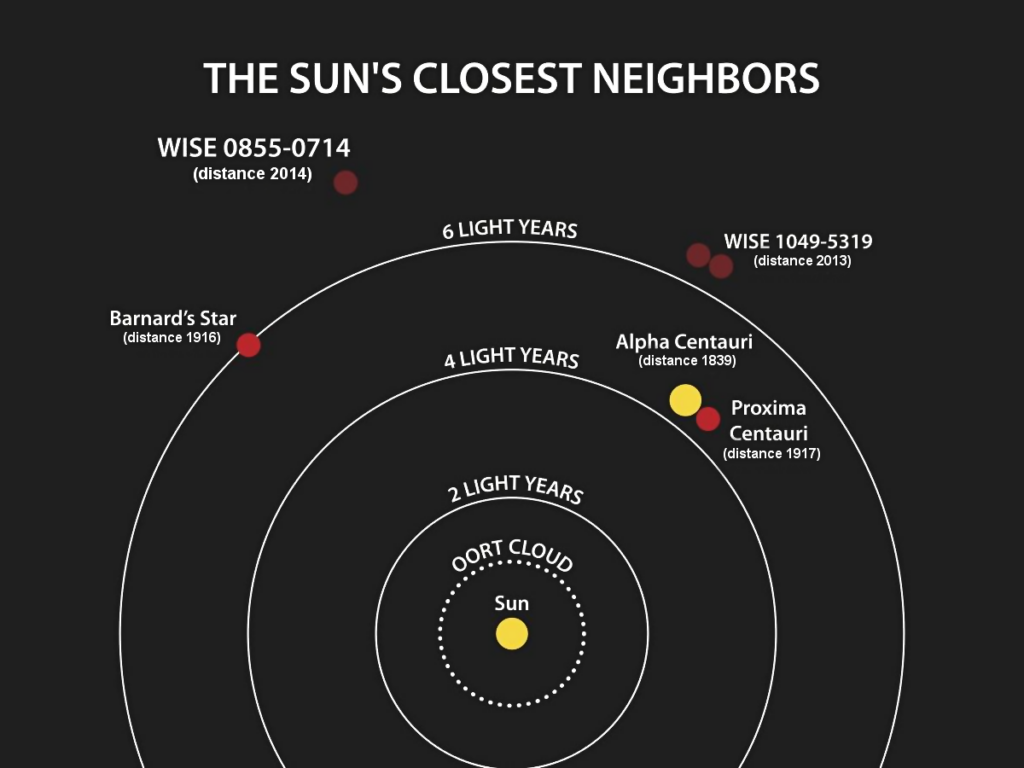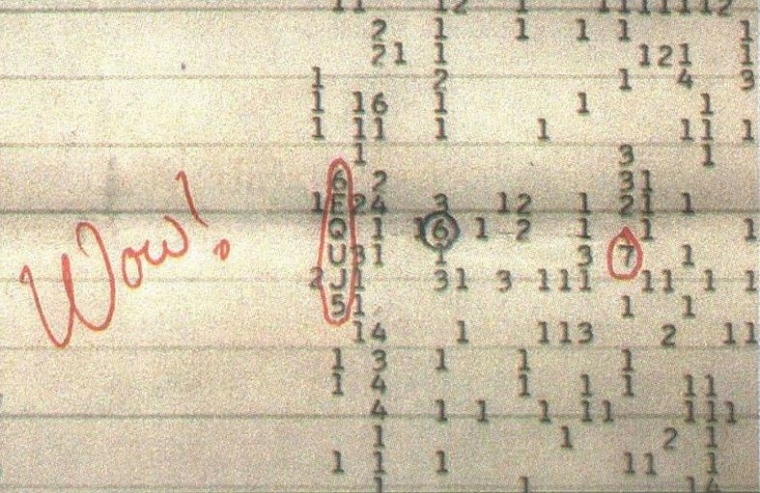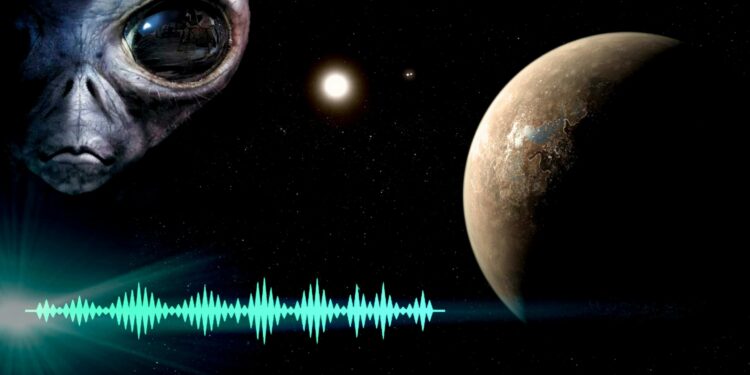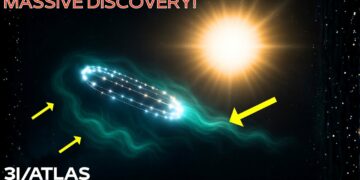A group of astronomers from a scientific study hunting for extraterrestrial life, including the late Stephen Hawking, has now discovered the best evidence yet for an alien signal originating from space.
Researchers have discovered an “intriguing radio signal” emanating from Proxima Centauri, the nearest solar system to the sun, only 4.2 light-years away.
The transmission was received.
The team of researchers from project Breakthrough Listen is “seriously investigating” a mystery radio signal from our nearest star neighbor, Proxima Centauri.

According to the experts, the signal came from the direction of Proxima Centauri, our sun’s nearest neighbor in space.
Proxima Centauri is 4.2 light-years (about 40 trillion kilometers) from Earth and has two verified planets. A Jupiter-like gas giant and a rocky Earth-like world called Proxima B in the “habitable zone,” a region where liquid water may flow on the planet’s surface.
Because Proxima Centauri is a red dwarf, the habitable zone is incredibly near the star. This means the planet is likely tidally locked and exposed to intense radiation, making the formation of any civilization, at least on the surface, unlikely.
Is there a third planet in the system?
Even though the signal has not been linked to any terrestrial or human-made sources near Earth, it is likely to have a natural cause. Even so, the unusual sign has taken alien hunter astronomers by surprise.

According to Pete Worden, director of Breakthrough Initiatives, the signals are most likely interference from ground sources that we can’t explain. However, he did say that it was critical to wait and see what the project scientists found out after carefully scrutinizing the signal.
The awe!
According to scientists, this is one of the most thrilling radio signals since the Wow!, which sparked speculation that it came from a distant alien civilization.

The odd signal was given its name after astronomer Jerry Ehman scribbled “Wow!” on a piece of paper. It prompted a rush of enthusiasm alongside the data. However, Ehman warned against taking “vast implications from medium-length data.”























